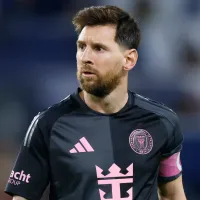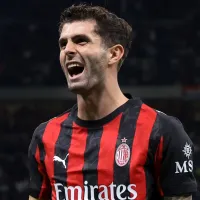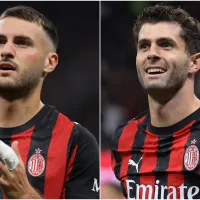Major League Soccer has always faced an uphill battle against its European counterpart for different reasons. Fans crave the quality that European soccer provides that a relatively young MLS cannot compete with. Interest in other sports often hurts viewership for MLS, while early kickoff times in Europe seldom conflict with other major events. Finally, the expansion of American talent into Europe makes viewership in the United States rise.
Demand for European soccer continues to rise, and that is why so many business-oriented people look to European soccer as opposed to American soccer as a means of entry. For example, Ryan Reynolds and Rob McElhenney bought Wrexham for $2.5 million. Bournemouth owner Bill Foley said buying a team active in the Premier League was a bargain compared to Major League Soccer. This compounding effect has simultaneously helped European soccer and hurt MLS.
RedBird Capital is one of the groups that has invested in European soccer over Major League Soccer. The American investment firm purchased Italian side AC Milan in the summer of 2022. Gerry Cardinale, RedBird Capital founder and CIO, spoke on CNBC’s Squawk Box show ahead of Milan’s summer friendlies in the United States. He says MLS has failed to keep pace with European soccer, and it is largely on its own accord.
“The guys at Major League Soccer have done a phenomenal job, but they have been held back by the fact that the players in the U.S. ecosystem aren’t in the world’s ecosystem,” says Cardinale. “Until you’ve got that co-mingling of players in their prime, not on the verge of retirement, coming to America and being a part of that system, it’s going to be very difficult.”
MLS holding itself back compared to European soccer
The battle against accusations of being a retirement league is an especially difficult challenge. The acquisition of players like Lionel Messi, Olivier Giroud, Luis Suarez or previously Zlatan Ibrahimovic has been great at bringing in temporary interest. Yet, this is not what fans want to see in the long term. The star-power aspect fades away, and fans want to watch for the competition. While MLS is competitive, it is not the same thing that fans want to see. They want quality of play among widespread elite players.
“It will come in the US,” Cardinale said. “But, there is a lot more that needs to be done in terms of attracting, on a consistent basis, players in their prime.”
Cardinale mentioned several areas where MLS can improve. For example, promotion and relegation make the league more interesting and widespread. The MLS salary cap is also a hindrance to bringing in top players more consistently. MLS allows for three designated players who can make however much the club gives them. Yet, it only counts a certain portion against the salary cap. Without a salary cap, the billionaire owners of Major League Soccer could pay top players from across the world the same amount as those in Europe. In other words, wealthy owners like RedBird Capital or Bill Foley would be more inclined to look at MLS.
Our Pick:Includes: Every regular season game, MLS Cup Playoffs, Leagues Cup, & More |
 |
This is not to say MLS is not changing the narrative. Part of the way to bring MLS closer to European soccer, and thus court in more viewers, comes from development. MLS academies are now a priority of the clubs, and many of the best products are great players. The challenge becomes keeping them in MLS. Caleb Wiley, Ricardo Pepi, Tyler Adams and even Alphonso Davies came up through MLS academies. For money or to further their career, they went to Europe. Over time, the increased production of players will benefit the popularity of MLS.
Bridging the gap between Europe and MLS
Granted, European soccer will not slow down. Instead, the growth of soccer in the United States has boosted the game’s interest abroad. Further TV deals, including those like Serie A just signed with CBS Paramount+, have made it remarkably easy to watch top leagues from across the pond. Cardinale said the American market is one of Milan’s most potent with 50 million soccer fans. The summer tour in the United States further establishes that core of support. There is an argument that it comes at the expense of Major League Soccer.
“With technology now, you get these games live,” Cardinale said. “Kids are seeing that quality of play. That’s part of the reason for us in making the effort to do these friendly tours in the United States. There is tremendous demand out of America for European football, so this is a really important opportunity for us.”
What remains clear is that Major League Soccer has a ways to go before it catches up with the best leagues in Europe. There are steps it can take, but it will take time to reach that level.
PHOTOS: IMAGO














